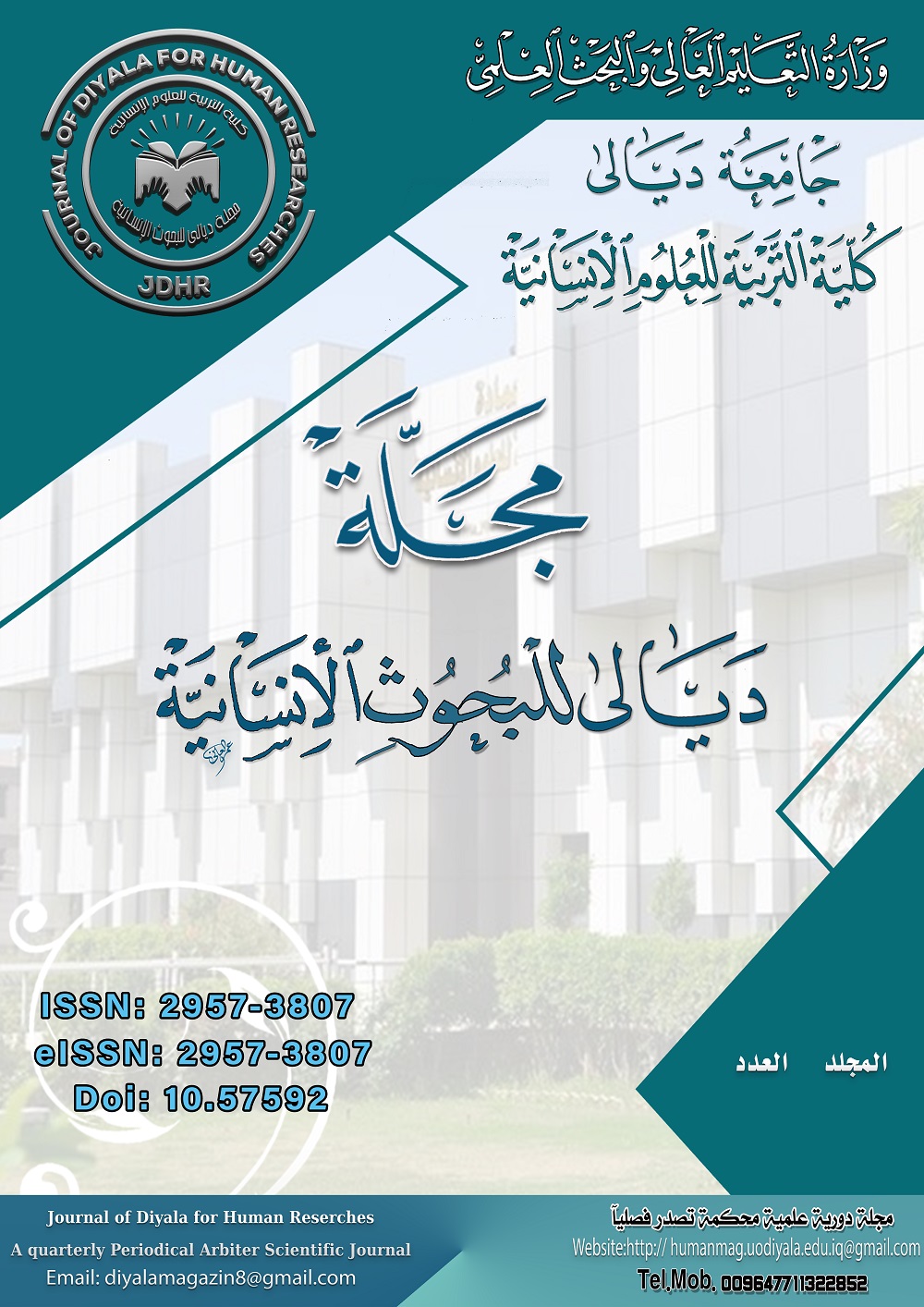A Study of Cohesive Devices in Selected English Stories In Third-Year Intermediate Students' Book in Iraq
DOI:
https://doi.org/10.57592/nmx7aj58Abstract

Downloads
Published
2025-10-02
Issue
Section
بحـــــــوث العــــــدد
License
Copyright (c) 2025 Assist. Lec. Hiba Hussein Sadoon

This work is licensed under a Creative Commons Attribution-NonCommercial 4.0 International License.
